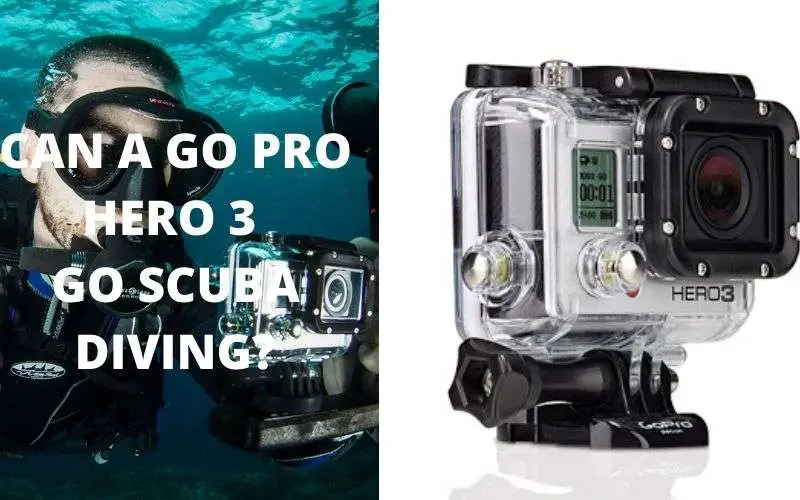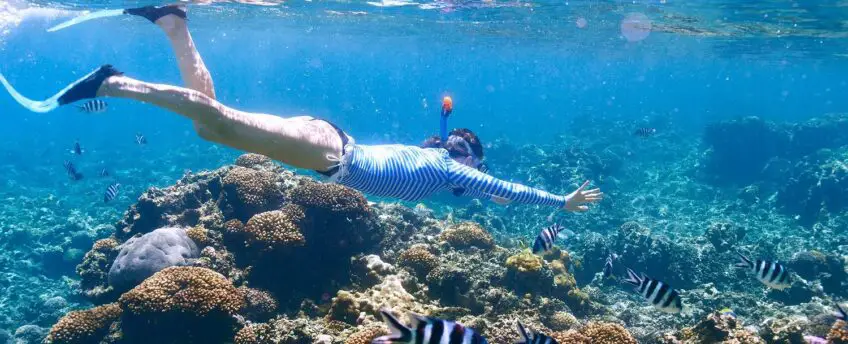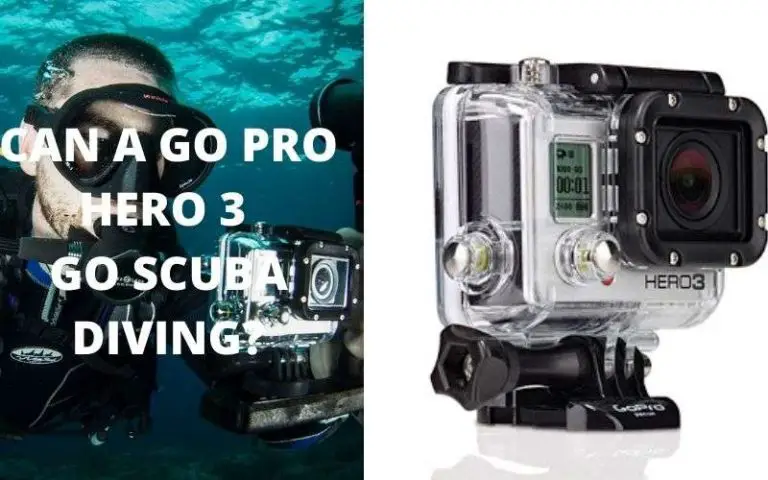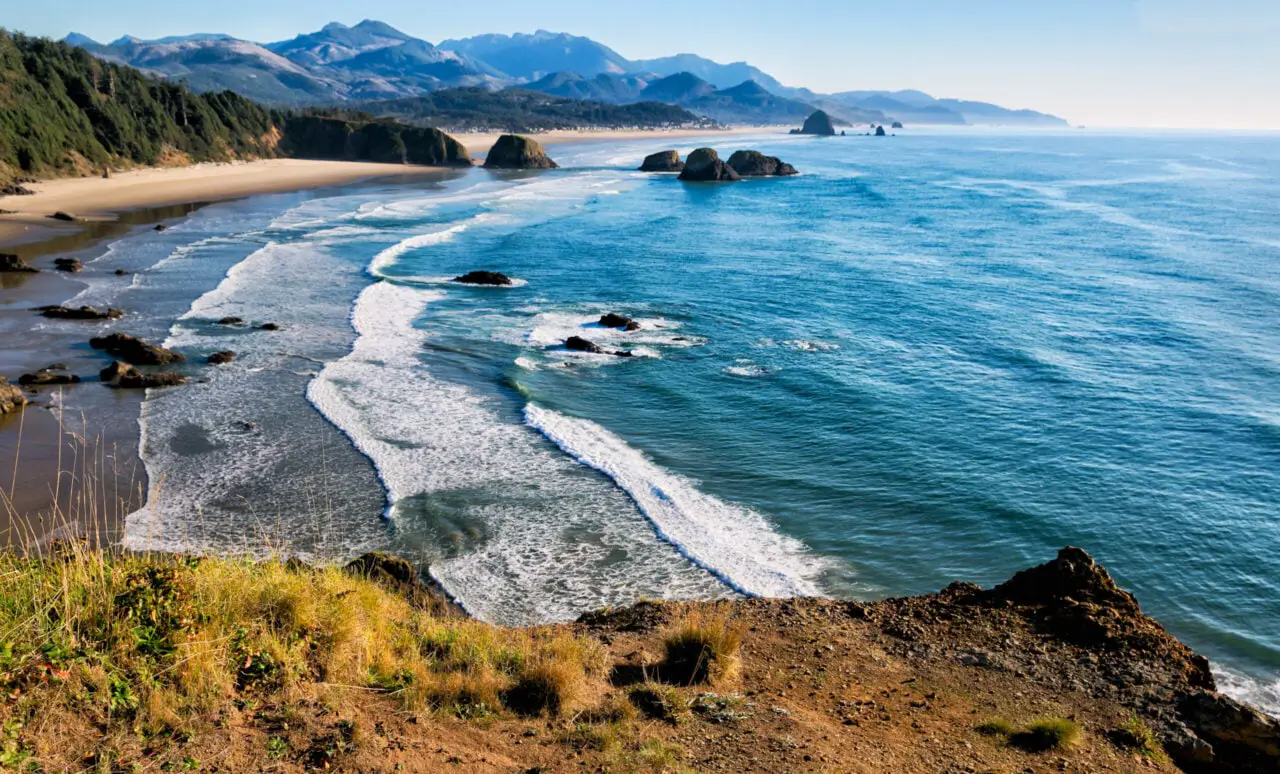
When we daydream about snorkeling, our minds conjure up images of perfect conditions: crystal-clear skies, warm sunshine, serene waters, and unparalleled underwater visibility.
These picturesque scenarios are what we see in travel brochures and envy on social media. However, for those planning their own snorkeling escapades, the significance of weather becomes all too apparent.
Weather conditions can transform a snorkeling trip from a memorable adventure into a challenging and risky endeavor. The primary downside of adverse weather, including strong winds and heavy rain, is its dramatic impact on underwater visibility.
Moreover, extreme weather can jeopardize the safety of snorkelers. Weather is unpredictable and can change rapidly, necessitating vigilance while snorkeling.
However, don’t be disheartened by less-than-ideal weather conditions. Mild weather may not necessarily disrupt your plans and, in some cases, might even enhance your snorkeling experience.
In this comprehensive guide, we’ll explore various weather conditions that snorkelers may encounter and how you can make the most of your underwater journey.
Optimal Weather Conditions for an Ideal Snorkeling Experience

Your enjoyment of snorkeling is inextricably linked to weather conditions, particularly their impact on water visibility. Water visibility refers to the extent to which you can see beneath the water’s surface, a critical factor in snorkeling enjoyment.
Typically, while snorkeling, you should be able to discern the seafloor. If you can’t, you’re either too deep or facing poor water visibility.
When selecting a snorkeling location, consider factors beyond just weather. Accessibility to the water, both entry and exit points, is crucial for safety and convenience. If you’re willing to travel a bit further, boat snorkeling tours can be an option. However, the decision to embark on such tours hinges on weather conditions, assessed by experienced boat operators.
The ideal weather conditions for snorkeling are precisely as you’d envision: clear skies, abundant sunshine, and placid waters. These conditions promise pristine underwater views and a secure, enjoyable, and tranquil snorkeling experience.
Yet, remember that you don’t always require perfect weather to have an exceptional time. Mild weather conditions may exert minimal influence on your plans and, in some instances, may even enhance your snorkeling outing.
For example, tropical rains, despite their potential disruption, are generally warmer and brief. A light rain shower predicted in the weather forecast shouldn’t deter you from enjoying your day of snorkeling.
To prepare for any weather scenario, bring a dry bag to keep your clothes dry in case of unexpected rain. Additionally, consider wearing a rash guard or a thin wetsuit for extra protection against wind. Such attire shields your skin from the elements and helps reduce sunscreen usage, safeguarding against sunburn and skin cancer.
However, during a storm, it’s a clear sign that weather conditions are too extreme for snorkeling. Never take the risk during a storm, as the combination of wind, rain, waves, and currents poses severe danger.
Even professional snorkeling tour operators would cancel their plans in such conditions, prioritizing safety above all else.
Ultimately, there isn’t a single “best” weather condition for snorkeling. While perfect conditions involve sunny skies, mild temperatures, and tranquil waters, waiting exclusively for ideal weather can lead to missed opportunities.
Even on overcast days, you can still relish an exceptional snorkeling experience. In fact, cooler weather may be preferable for those prone to overheating.
Suboptimal Weather Conditions for Snorkeling: Navigating Rain and Wind
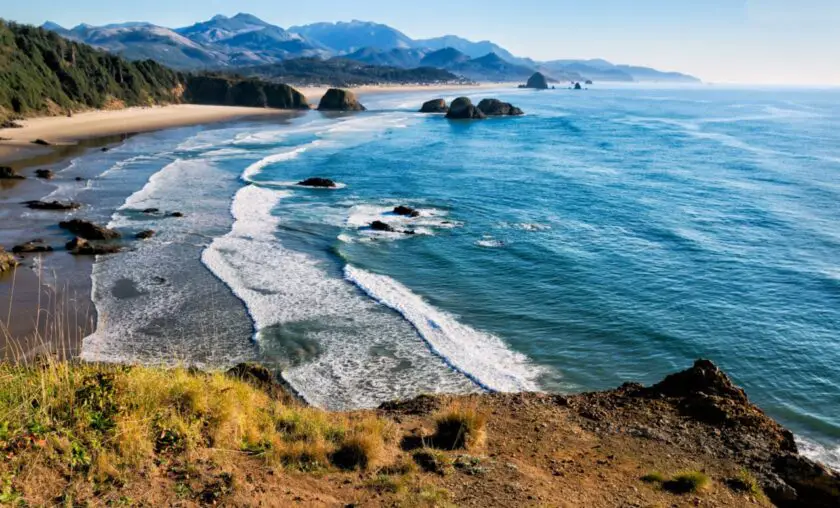
Among the various weather conditions, rain has the most significant potential to negatively impact snorkeling. Rainfall invariably reduces visibility, whether you’re underwater or above it.
If you’re snorkeling from a boat, even the vessel itself may encounter navigation difficulties in heavy rain. Depending on rain intensity and the boat operator’s judgment, the trip may be postponed or canceled.
Should the boat trip proceed amid rain, the wind chill factor can make passengers feel unusually cold, despite the warm seawater. Being wet above the water’s surface, while traveling at the speed of a boat, intensifies the sensation of chill caused by the wind.
Suppose you arrive at the snorkeling site before the rain begins but then it commences while you’re snorkeling. In such instances, there are both positive and negative consequences. On the upside, rain cools the weather by blocking the sun’s rays. In tropical climates, this respite from heat can be quite welcome.
Moreover, if the rain is light, it typically doesn’t disturb underwater visibility. Unless it’s a torrential downpour, rainwater cannot penetrate the water’s surface to disrupt marine life or stir up sediment. In such cases, rain doesn’t significantly affect the underwater experience.
However, heavy rain can substantially reduce visibility, particularly in shallower snorkeling areas where the water is more prone to disturbance. Snorkelers must remain near the water’s surface, where the most significant disturbances occur, making it challenging to see into the depths.
Furthermore, snorkeling sites near runoff sources, such as mountains or rivers, can experience decreased visibility due to sediment and debris carried by the rain-induced runoff. This reduced visibility may persist for several days after heavy rainfall.
Another potential consequence of heavy rain is the disturbance of marine life. Fish tend to seek shelter when the surface is pelted by raindrops, reducing their visibility to snorkelers.
Strong winds, while not inherently problematic for snorkeling, can become troublesome when they generate large waves exceeding 3 feet in height. These waves reduce underwater visibility and pose a safety risk for snorkelers. In contrast, light winds have a cooling effect, making snorkeling in tropical climates more enjoyable.
Nonetheless, strong winds can create significant challenges. They may render boat tours uncomfortable and hazardous by causing boats to rock excessively, potentially inducing nausea in passengers. When winds result in large waves, snorkelers face difficulties.
Rough waters can stir up sediment, decreasing visibility and potentially causing snorkelers to collide with underwater obstacles or be tossed onto rocks or corals.
Moreover, windy conditions can impede navigation, making it harder for snorkelers to maintain a stable position in the water. Additionally, the heightened wave activity obscures snorkelers from view, making them less visible to boat operators and increasing the risk of collisions with other vessels.
To mitigate the negative impact of strong winds, consider snorkeling in sheltered areas like bays, where wave activity is minimal, even in the presence of strong winds. These sheltered locations provide a safe and serene snorkeling experience with excellent underwater visibility.
Overcast or cloudy days may occasionally cast a shadow of uncertainty over snorkeling plans. While not the ideal conditions, they don’t necessarily spell disaster either. Cloudy weather affects snorkeling in ways similar to light rain by dimming the environment and lowering temperatures due to reduced sunlight.
In tropical climates, the cooler weather on cloudy days can be a refreshing change. Some individuals may even find it necessary to wear an extra layer, such as a swim shirt, rash guard, or a thin wetsuit, to stay comfortable. For those who tend to overheat easily, these conditions offer a chance to remain cool and comfortable during their underwater adventure.
Cloudy weather primarily affects visibility during snorkeling in several ways. First, it reduces the vibrancy of the underwater scenery, making colors appear less vivid. The lack of direct sunlight can also create shadows and darkness, making it more
challenging to capture photographs.
Overall, the underwater environment may appear duller and less vibrant, affecting the visual appeal of the experience.
Nonetheless, snorkelers should still be able to see their surroundings when it’s overcast. While the environment may appear somewhat gray and subdued, it won’t obscure everything.
For underwater photographers, using a diving flashlight or flash attachment can help compensate for the reduced natural light on cloudy days.
Conclusion
The best weather conditions for snorkeling typically involve clear skies, gentle temperatures, and calm waters. However, mild variations in weather, such as light wind and overcast skies, can enhance the experience, particularly when snorkeling in tropical climates.
Nevertheless, it’s crucial to remain flexible and prepared for unexpected weather changes, as even these mild conditions may come with the risk of rain or storms.
Monitoring the weather in the days leading up to and during your snorkeling trip is essential. Don’t automatically cancel your plans due to overcast skies or light rain, as these conditions often prove fleeting.
However, exercise caution and vigilance when stormy weather is on the horizon. Continuously checking local weather reports ensures you can make informed decisions to optimize your snorkeling experience and prioritize safety above all else.
In the end, while weather conditions play a significant role in snorkeling, they need not be the sole determinant of your underwater adventure’s success.
With careful planning, preparation, and an understanding of how different weather patterns can affect your experience, you can make the most of your snorkeling trips, regardless of what Mother Nature has in store. So, embrace the elements, enjoy the beauty of the underwater world, and let each snorkeling journey be an unforgettable adventure.




